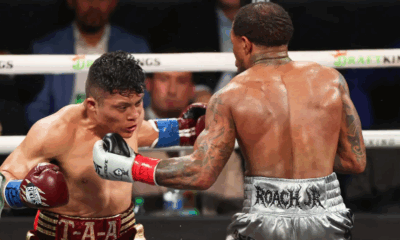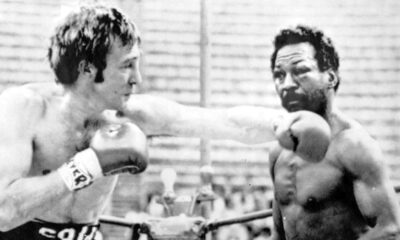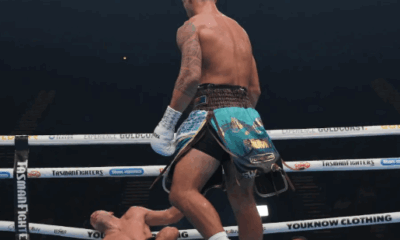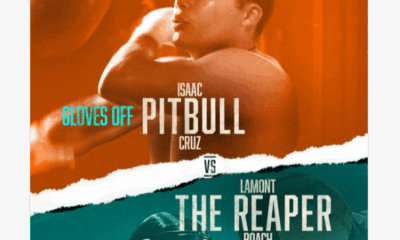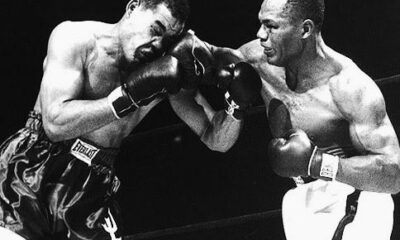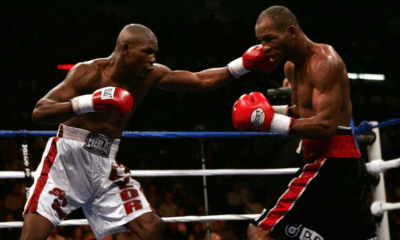Featured Articles
Echoes of Randy Turpin in Ricky Hatton’s Sad Demise
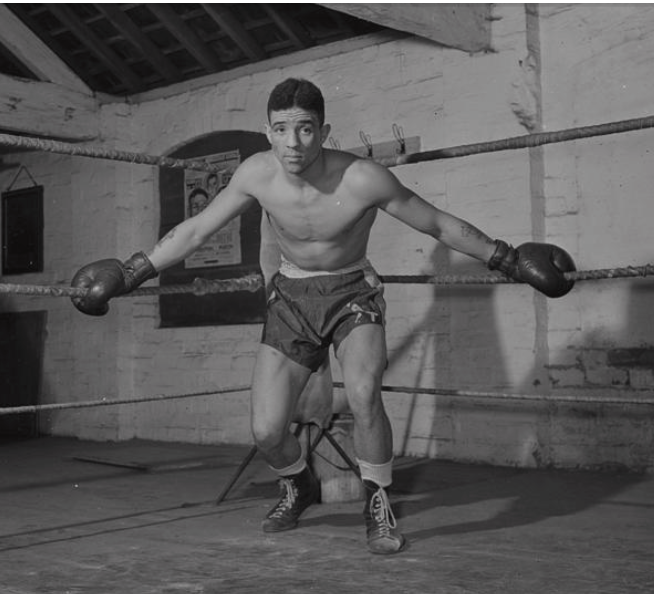
Ricky Hatton’s TKO of Kostya Tszyu in 2005 invited comparison to Randy Turpin’s upset of Sugar Ray Robinson in 1951. The latter is widely considered the greatest triumph by a British boxer against a foreign invader on British soil and Hatton vs Tszyu doesn’t lag far behind.
The Manchester “Hitman” and Randy Turpin are now united for another reason. Today (Thursday, Oct. 16), authorities confirmed the scuttlebutt that Hatton’s death four weeks ago was a suicide; he hung himself. Prior to today, all that was said for public consumption was that the ex-boxer, 46, was found unresponsive in his home.
Echoes of Randolph “Randy” Turpin who died at age 37 from a self-inflicted gunshot wound at the home he shared with his wife and four daughters.
Randy Turpin
Born in the spa city of Leamington, 90 miles north of London, Turpin was the bi-racial son of a World War I veteran, born in Guyana, and his British-born wife, the former Beatrice Whitehouse, the daughter of a bare-knuckle boxer. Randy never knew his father who died from the effects of mustard gas poisoning when Randy was one year old. Beatrice was left to raise five children on her own when her husband died, supplementing a small pension by scrubbing floors. The Turpins reportedly lived in a one-bedroom home.
The youngest of three fighting brothers, Randy Turpin was trained by his brother Lionel “Dick” Turpin. A middleweight, older than Randy by eight years, Dick made his mark in history as the first black man to win a British boxing title, breaking down the color bar in effect for decades.
Randy worked the fair circuit as a booth fighter before turning pro in London in 1946 at age 18. He was 40-2-1 with a 21-fight winning streak prior to fighting Sugar Ray Robinson and recognized as the European middleweight champion, a diadem he won with a first-round stoppage of Luc Van Damme and successfully defended with a sixth-round stoppage of another Dutchman, Jan de Bruin. However, he was accorded scant chance of defeating the great Harlemite.
Sugar Ray was 129-1-2 as a pro after ending his amateur career on a 53-fight winning streak. His lone defeat had come in his second meeting with Jake LaMotta, a defeat he had avenged four times, most recently a brutal 13th-round stoppage of the Bronx Bull that earned him the world middleweight title. “Robinson’s tools are experience, perfect poise and rhythm, conservation of effort, ruthlessness in attack and a spring-heeled defense,” wrote the boxing correspondent for the Evening Standard who held to the widely shared opinion that Turpin’s only chance was to land a lucky punch.
Sugar Ray was also flamboyant. He was on his second European tour, having fought in France, Switzerland, Holland, Belgium, Germany, and most recently Italy in a tune-up against Belgium’s Cyrille Delannoit nine days before he would enter the ring against Randy Turpin. His base of operations in England was in Windsor, where he upstaged King George VI, having been provided with a flamingo pink Cadillac (similar in appearance to the car that he owned), accessorized with a siren and a chauffeur to take him to the park for his early morning roadwork and to the golf course after his afternoon nap.
Turpin-Robinson I
Promoter Jack Solomons wanted to stage Robinson-Turpin at one of London’s soccer stadiums, but none of those venues were available. He parked it at Earls Court, London’s premier indoor boxing arena. The weigh-in was conducted on the morning of the fight at Solomons boxing gym in London’s West End. When the fighters arrived, the entrance to the gym was choked with people who stood on scaffolding balconies and even the top of telephone booths to get a glimpse of the combatants.
The fight: Turpin hurt Robinson with a left hook in the first round. In round seven the American was cut over his left eye after an accidental clash of heads. Turpin staggered Robinson with a left hook in the penultimate round and had Sugar Ray holding on at the final bell. A survey of ringside reporters produced a composite score of 9-4-2 for Turpin. (There were no judges and referee Eugene Henderson’s score wasn’t made public.)
Professional boxing in England, the cradle of pugilism, was then in a sorry state from an international perspective. The previous year, there was gnashing of teeth, pardon the cliché, when Cleveland’s supposedly feather-fisted Joey Maxim won the world light heavyweight title at Earls Court with a vicious one-punch knockout of Bournemouth’s Freddie Mills. Randy Turpin’s upset was emotionally uplifting at a time in British boxing history when British fight fans were in need of an uplifting.
Turpin-Robinson II
Randy Turpin’s title reign lasted only 64 days.
The sequel, activated by a rematch clause, took place on Sept. 12, 1951, at the Polo Grounds in the Bronx before 61,370, a record turnout for a non-heavyweight fight in the United States.
This was a riveting, near-even fight through nine rounds. The two judges had Robinson ahead 5-3-1 and 5-4 while referee Ruby Goldsten had it even at 4-4-1. Most ringside reporters had Robinson ahead, but there were dissenters and Turpin had a strong ninth round, seemingly turning the fight in his favor.
Early in the 10th round, a punch from Turpin left Robinson with a gash over his left eye, a cut that would require 10 stitches. Seeing the blood dripping on to his shorts, Sugar Ray, in desperation, kicked it into a higher gear. He floored Turpin for a 9-count with a right to the jaw and tore after him when he arose, pinning the Englishman against the ropes and strafing him with a barrage of unanswered punches. There were eight seconds left in the round when Goldstein waived it off. A rubber match would have filled any stadium in the UK, but Sugar Ray vacated the title to pursue larger prey in the form of light heavyweight title-holder Maxim.
—-
In October of 1953, Turpin got another crack at the world middleweight title when he fought Swedish-Hawaiian campaigner Carl “Bobo” Olson at Madison Square Garden for the vacant belt. Turpin, who was lax in his training, was knocked down twice en route to losing a lopsided 15-round decision.
Late in his career, Turpin was knocked out by Canadian journeyman Gordy Wallace and by Trinidad’s Yolande Pompey. He retired with a record of 64-8-1 (43 KOs) before returning to the ring after a prolonged absence for two fights of little import, the first a bootleg fight in England and the second in Malta.
Turpin reportedly earned $207,075 (roughly $2.7 million adjusted for inflation) for his rematch with Robinson. Climbing the ladder, it was written of him that he was an unassuming man of simple pleasures, but when he returned to the U.S. to fight Bobo Olson he was accompanied by a large and splashy entourage. Within a few years after his final fight, all the money was gone and he was being hounded for back taxes. At the time of his death, he had reconciled with his wife and was helping her out at her truck stop café.
Once a national hero, Randy Turpin had become an object of pity.
Turpin was named to the International Boxing Hall of Fame with the class of 2001. Ricky Hatton – whose popularity in England and especially Greater Manchester was off the charts – joined him in the Canastota shrine in 2024.
—
The coroner’s ruling regarding Ricky Hatton came one week after the news of another boxing-related suicide. On Oct. 9, it was learned that 17-year-old Arturo Gatti Jr had committed suicide by hanging himself in the apartment he shared with his widowed mother in Mexico City. The teen was an amateur boxer with hopes of competing in the 2028 Olympic Summer Games in Los Angeles. The circumstances of his death mirrored that of his father although some people will always believe that the elder Gatti was murdered.
Akin to Randy Turpin, Arturo Gatti Sr was also 37 years old when he drew his last breath. He died under suspicious circumstances while vacationing at a beach hotel in Brazil with his Brazilian wife Amanda Rodrigues and Arturo Jr, their 10-month-old son. Amanda was charged with murder but those charges were dropped when the coroner determined that Gatti had hung himself.
A common thread among people who commit suicide is suicidal ideation (recurring thoughts of committing suicide, often manifested in a failed suicide attempt). That was true of Ricky Hatton and the elder Gatti and apparently also true of Randy Turpin. In one of the stories about Turpin, it was written that at age 17 he attempted to kill himself by drinking liniment.
In the United States, someone considering suicide can chat with a counselor by calling or texting 988.
To comment on this story in the Fight Forum CLICK HERE
-
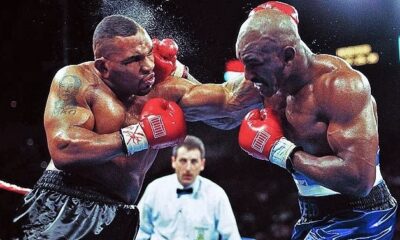
 Featured Articles4 weeks ago
Featured Articles4 weeks agoThis Day in Boxing History: Surprise, Legacy, and Transition
-
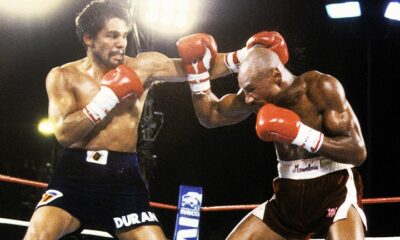
 Featured Articles4 weeks ago
Featured Articles4 weeks agoThis Day in Boxing History: Fights that Made November 10th Unforgettable
-
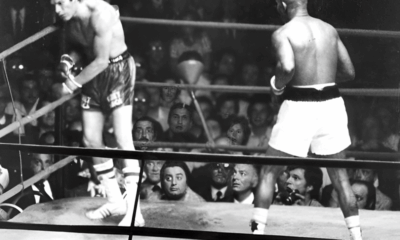
 Featured Articles4 weeks ago
Featured Articles4 weeks agoThis Day in Boxing History: From St. Louis to Buenos Aires
-
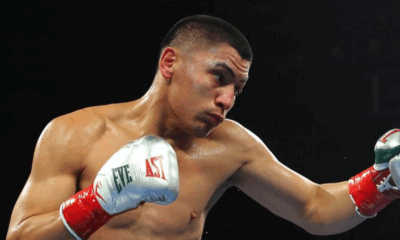
 Featured Articles4 weeks ago
Featured Articles4 weeks agoResults and Recaps from Texas where Vergil Ortiz Demolished Erickson Lubin
-
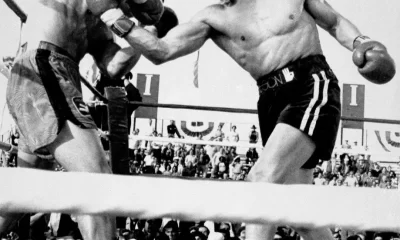
 Featured Articles3 weeks ago
Featured Articles3 weeks agoThis Day in Boxing History: A Date for Heavyweights, Shockwaves and Momentum
-

 Featured Articles4 weeks ago
Featured Articles4 weeks agoBoxing Odds and Ends: The Swedish Alliance and More Fight News
-
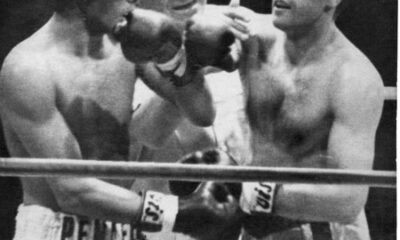
 Featured Articles4 weeks ago
Featured Articles4 weeks agoThis Day in Boxing History: Monzón’s Rise and Leonard’s Redemption
-
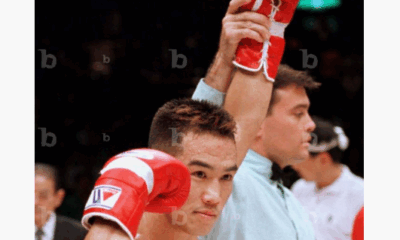
 Featured Articles4 weeks ago
Featured Articles4 weeks agoThis Day in Boxing History: Legacy, Redemption and Reinvention

